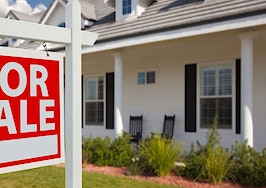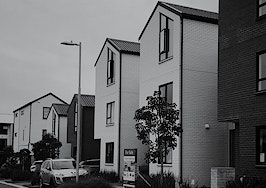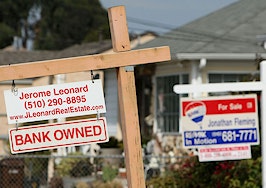Join us at Inman Connect New York this January for 75+ educational sessions, 50+ expert speakers, and networking opportunities with thousands of industry professionals. Register today for our Labor Day special rate good through September 5! Check out these just announced speakers for this must-attend event. Register here.
Builders in the U.S. spent less money on new construction in July of this year compared to one month prior, suggesting the previously hot building industry may be cooling, though this year’s numbers are still above those from 2021.
The latest numbers come from the U.S. Census Bureau and show that in July, total construction spending in the U.S. hit $1.777 trillion. That’s down very slightly from June when construction spending hit $1.784 trillion. Those numbers represent a drop of 0.4 percent from one month to the next.
That follows a dip of 0.5 percent in June compared to May.
However, July spending was still up compared to one year ago, when builders spent a total of $1.6 trillion. Those numbers represent an 8.5 percent increase year over year.
And so far this year, construction spending has reached $1 trillion, up from $915 billion during the same period in 2021.

Credit: U.S. Census Bureau
In the residential sector alone, builders spent $930 billion in July. That’s down 1.5 percent compared to June but up 14 percent compared to one year prior. Residential construction spending in July was also lower than in May and April of this year and roughly on par with spending in March.
What these numbers show is that spending on construction has surged over the last several years. That surge appears to have begun in 2019, stalled briefly at the beginning of the coronavirus pandemic and then took off again.
But over the last few months that surge appears to have leveled out. Spending on construction is still higher than it was several years ago but is no longer seeing month-over-month gains.
This tapering-off has taken place at the same time that the housing market in general has slowed way down. The slowdown began in earnest this spring and was largely driven by rising mortgage rates, which added hundreds or thousands of dollars to consumers’ monthly housing costs. The higher rates also arrived after two years of record home price appreciation, meaning buying a house was suddenly uniquely expensive for many Americans.
It’s unclear how these trends will play out. But the Fed has indicated it will continue to use aggressive tactics to fight inflation, meaning rates could go higher or at least not return to their historic lows any time soon. And if construction spending is slowing down, that will likely function as a constraint on the supply of homes.
The overall result, then, may be that finding an affordable house will continue to be a challenge for many would-be buyers.













